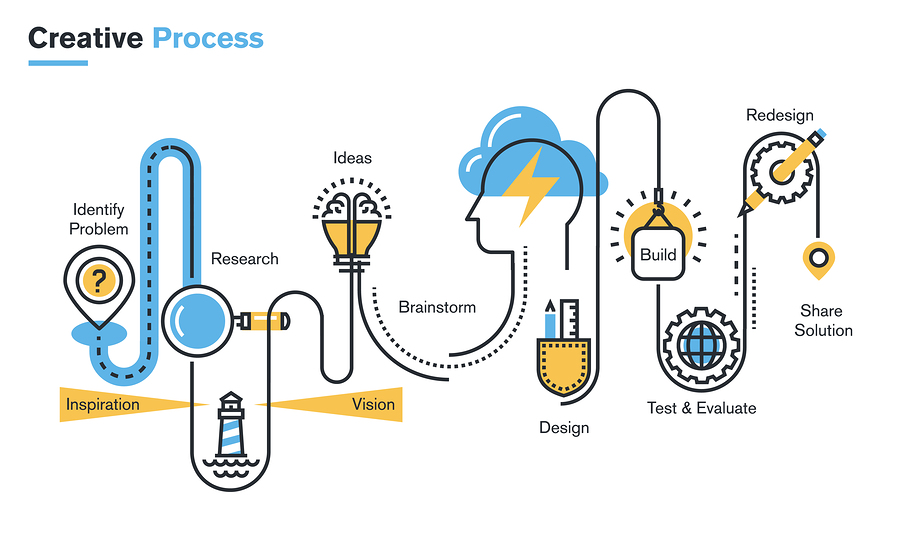“Our entire design philosophy comes down to understanding and responding to energies and the immutable Laws of Nature – how we as humans, and then as consumers, react to all the variables that bombard us in a built environment. Manipulating these variables to get a desired outcome is what we do.”
-Lyn Falk founder/owner
We understand how certain colors, shapes, textures, sounds, and aromas, affect consumer behavior. For instance, color is simply wavelengths of energy. We react differently to the longer wavelengths that make up the color red than we do to the short wavelengths of blue. These energetic waves hit our eyes which send a message to our brain which in turn signals our body to react in a certain way (red activates, blue calms). The same goes for sound waves that hit our ears, and aromas/odors in volatile air molecules that hit our olfactory sense. The energy pattern of every sound and odor affects us differently. Understanding how and why we react to these energy patterns enables us to create a design that will produce the results we want.
Why do we interpret squares different from circles, and feel one way in a space with a low ceiling and another way in one with a high ceiling? Because our reptilian brain (which is still alive and well) developed thousands of years ago to respond to our natural surroundings in a way that would ensure survival. Many of these built-in intuitive responses explain why we react to our surroundings in certain ways. This is the basis of biomimicry and biophilia two fields of study that support and aid our design decisions.
Our cultural experiences also influence how we interpret our surroundings. These are what we call “learned responses” to our environment. This is why a thorough understanding of your target market is critical to creating a design and space in which your customers will respond positively and engage emotionally.

Our brains react to stimuli in milliseconds. We form and opinion and make a judgement about a business within 3-5 seconds of entering the space.
We know the variables that affect that first impression and how to manipulate them.
Consumers gather critical information using their left brain, but Neuromarketing researchers report that at least 85% of our actual purchase decisions are made with our right brain, the side of our brain that processes information in a holistic, emotional, and intuitive (subconscious) way.
Are you showcasing your products and selling your services in a way that takes this kind of decision making into account?
At Retailworks, we leverage this knowledge and create designs that affect consumer behavior to achieve targeted outcomes.
Consumer Behavior
Environmental Psychology
Physics
Physiology
Biophilia
Biomimicry
Sustainability

Are you ready to have your interior space affect your customers’ behavior
in a way that impacts your bottom line?